Wadden Sea
The Wadden Sea (Dutch: Waddenzee [ˈʋɑdə(n)zeː] ; German: Wattenmeer; Low German: Wattensee or Waddenzee; Danish: Vadehavet; West Frisian: Waadsee; North Frisian: di Heef) is an intertidal zone in the southeastern part of the North Sea. It lies between the coast of northwestern continental Europe and the range of low-lying Frisian Islands, forming a shallow body of water with tidal flats and wetlands. It has a high biological diversity and is an important area for both breeding and migrating birds. In 2009, the Dutch and German parts of the Wadden Sea were inscribed on UNESCO's World Heritage List and the Danish part was added in June 2014.
The Wadden Sea stretches from Den Helder, in the northwest of the Netherlands, past the gr...Read more
The Wadden Sea (Dutch: Waddenzee [ˈʋɑdə(n)zeː] ; German: Wattenmeer; Low German: Wattensee or Waddenzee; Danish: Vadehavet; West Frisian: Waadsee; North Frisian: di Heef) is an intertidal zone in the southeastern part of the North Sea. It lies between the coast of northwestern continental Europe and the range of low-lying Frisian Islands, forming a shallow body of water with tidal flats and wetlands. It has a high biological diversity and is an important area for both breeding and migrating birds. In 2009, the Dutch and German parts of the Wadden Sea were inscribed on UNESCO's World Heritage List and the Danish part was added in June 2014.
The Wadden Sea stretches from Den Helder, in the northwest of the Netherlands, past the great river estuaries of Germany to its northern boundary at Skallingen in Denmark along a total coastline of some 500 km (310 mi) and a total area of about 10,000 km2 (3,900 sq mi). Within the Netherlands, it is bounded from the IJsselmeer by the Afsluitdijk. Historically, the coastal regions were often subjected to large floods, resulting in thousands of deaths, including the Saint Marcellus' floods of 1219 and 1362, Burchardi flood of 1634 and Christmas Flood of 1717. Some of these also significantly changed the coastline. Numerous dikes and several causeways have been built, and as a result recent floods have resulted in few or no fatalities (even if some dikes rarely and locally have been overrun in recent history). This makes it among the most human-altered habitats on the planet.



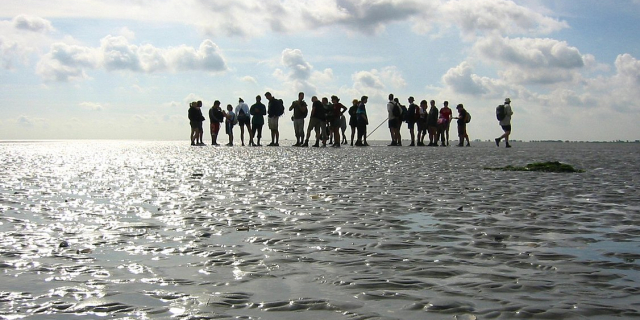



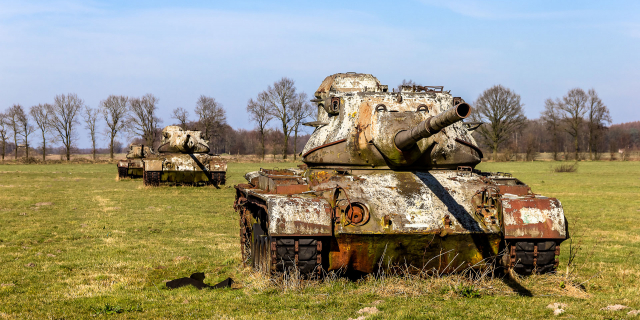







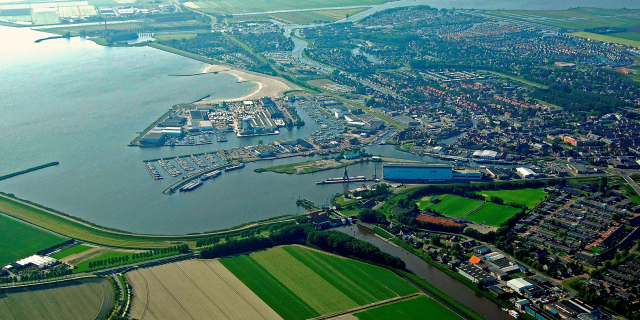

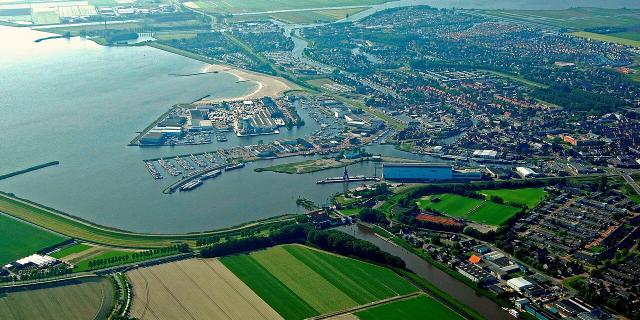
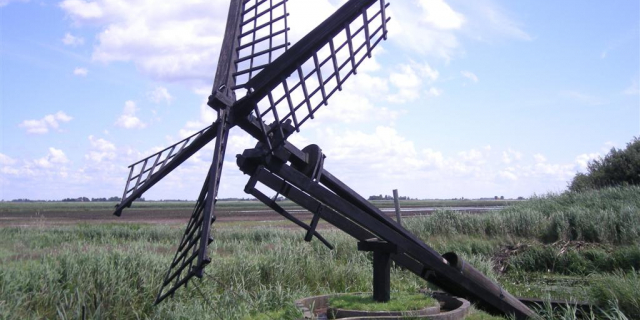

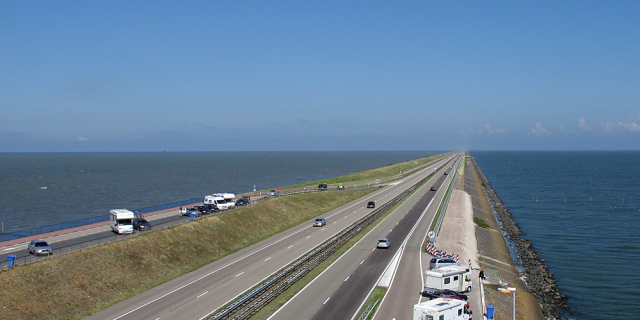

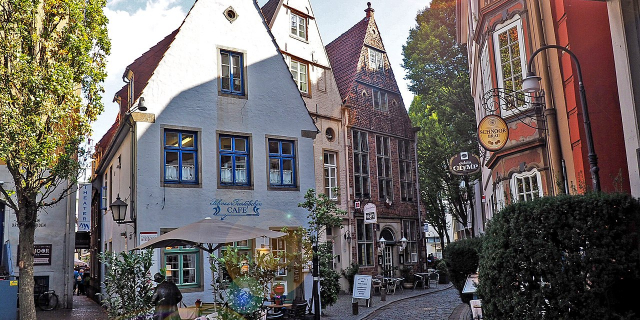


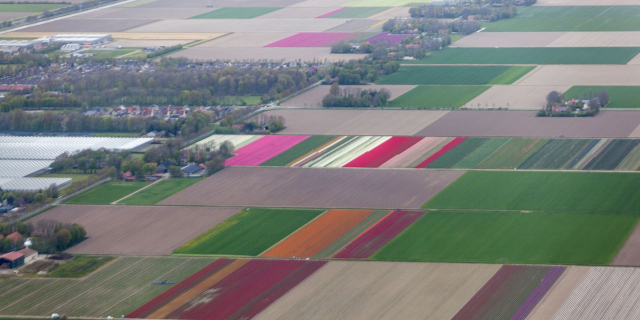





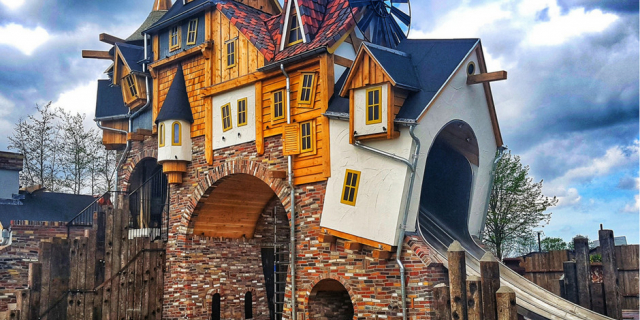
Add new comment